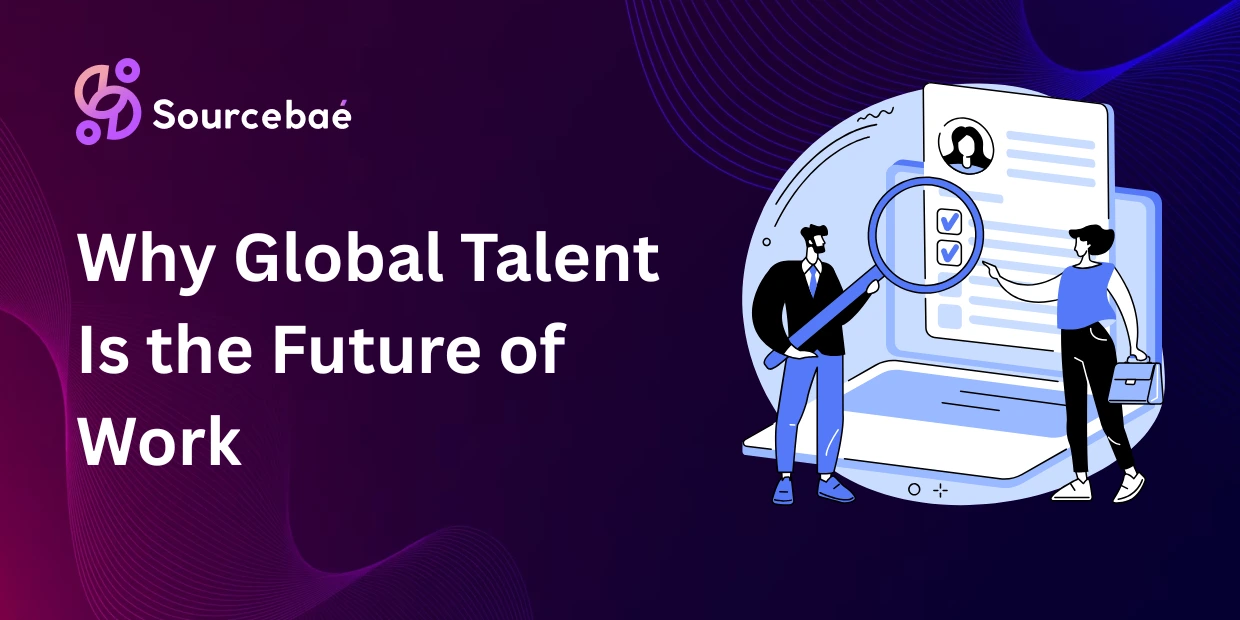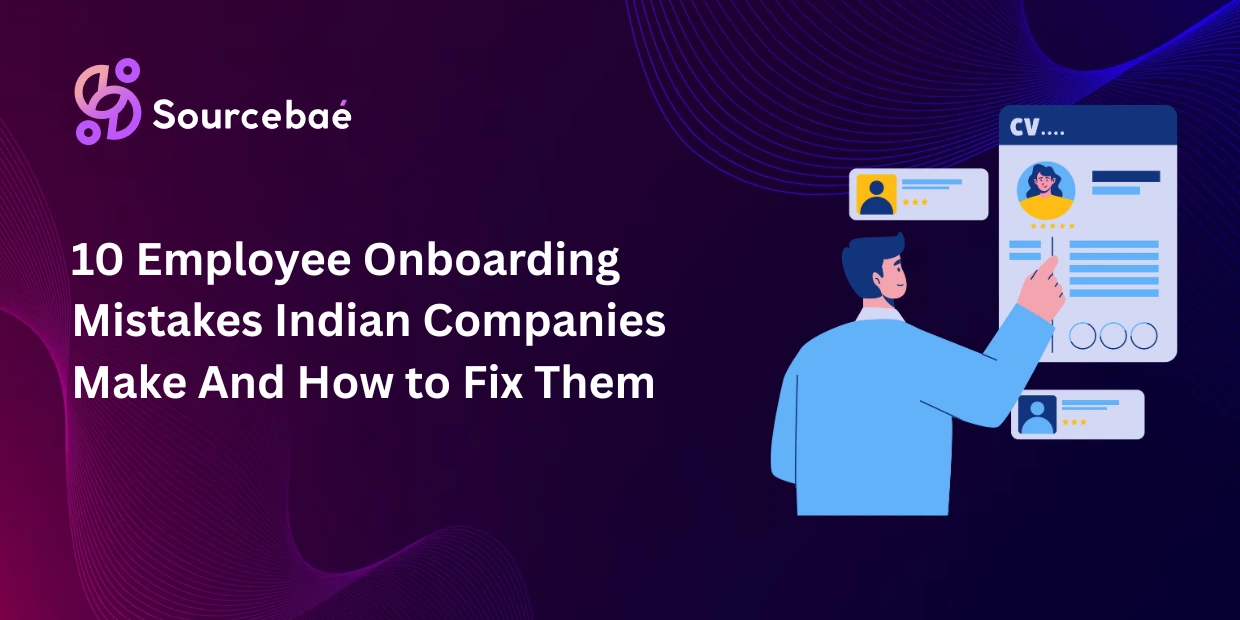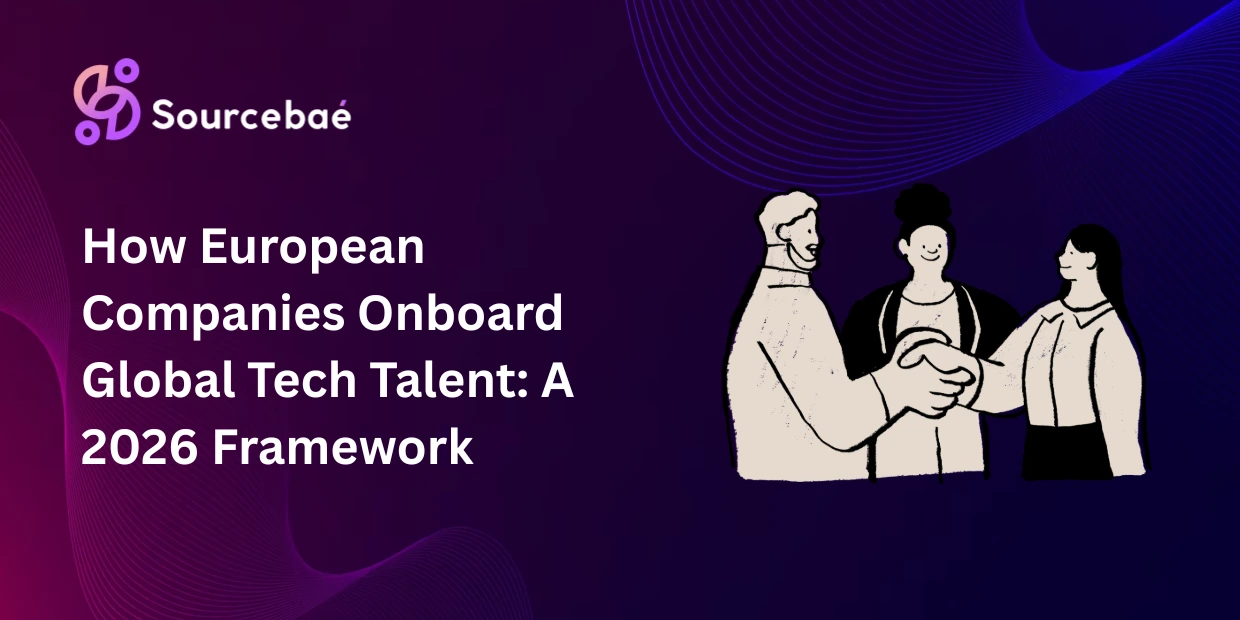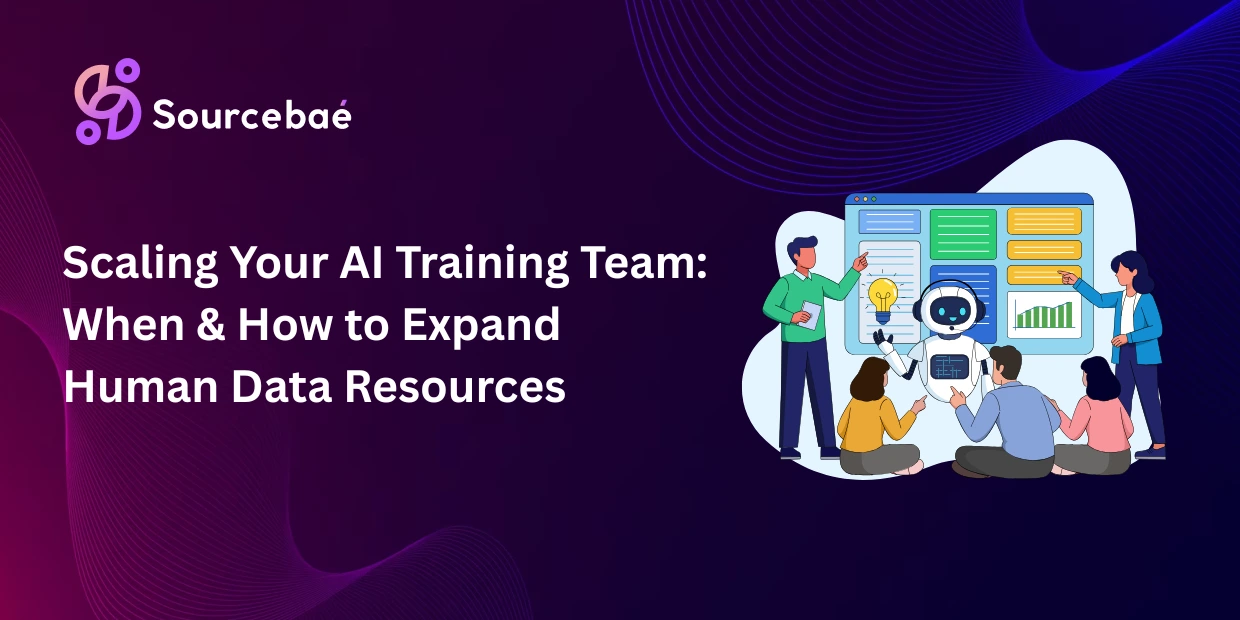The workplace revolution is no longer coming—it’s here. As we navigate 2025, businesses worldwide are witnessing an unprecedented transformation in how, where, and with whom we work. The traditional boundaries that once defined employment are dissolving, giving rise to a new era where global talent isn’t just an option—it’s become the cornerstone of competitive advantage.
The Perfect Storm Driving Global Talent Adoption
Several converging forces are reshaping the employment landscape, creating what experts call the “talent revolution.” This transformation is being driven by a complex interplay of economic, technological, and demographic factors that are fundamentally changing how organizations think about workforce strategy.
The Global Talent Shortage Crisis
The numbers are staggering. According to recent research, a global talent shortage of over 85.2 million people is predicted by 2030, potentially resulting in an estimated $8.45 trillion in unrealized annual revenue—equivalent to the combined GDPs of Germany and Japan. This massive skills gap is pushing organizations to expand their talent search beyond traditional geographical boundaries.
The shortage is particularly acute in developed economies. The ManpowerGroup’s Talent Shortage Survey 2023 reveals that 77% of global employers report difficulty in filling job vacancies—the highest level in 17 years. Advanced economies such as the United States, Germany, and Japan face severe workforce shortages due to aging populations, declining birth rates, and rapidly evolving skill demands.
Technology as the Great Enabler
The acceleration of remote work capabilities has been nothing short of revolutionary. Currently, 29% of U.S. workdays are performed from home, with remote workers logging 51 more productive minutes per day compared to their hybrid or office-based counterpart. This technological foundation has created an infrastructure that supports seamless global collaboration.
The expansion of digital infrastructure, including the continued rollout of Starlink and similar satellite internet services, has unlocked new territories for remote work—from remote islands to mountainous regions that were previously considered “off-limits” for knowledge work.
The Economics of Global Talent
Cost Efficiency Without Compromising Quality
One of the most compelling drivers for global talent adoption is the significant cost advantages it offers. Companies hiring in emerging markets can achieve cost savings of 30-50%, even after accounting for hiring fees and administrative costs. This isn’t just about finding cheaper labor—it’s about accessing world-class talent at more sustainable price points.
For instance, Brazil boasts Latin America’s largest tech talent pool with over 630,000 software engineers, while Vietnam has over 450,000 IT engineers with 58,000 IT students graduating annually. These regions combine high-quality education systems with competitive costs, creating an attractive proposition for global employers.
Access to Specialized Skills and Innovation Hotspots
Different regions have developed specific areas of expertise that complement global business needs. The Philippines produces around 200,000 STEM professionals annually, with approximately 40,000 graduating each year, making it a hub for technical talent with excellent English proficiency. Meanwhile, Malaysia boasts the highest percentage of STEM graduates worldwide at 43.5%, offering sophisticated technical talent with multilingual capabilities ideal for Asian market expansion.
The Generational Shift Demanding Global Opportunities
Generation Z’s Global Mindset
The emerging workforce is fundamentally different from previous generations. Generation Z will comprise approximately one-third of the global workforce by 2030, and their expectations are reshaping employment standards. This generation has grown up in a globally connected world and expects work opportunities that reflect this reality.
Research shows that 47% of Gen Z workers are considering leaving their current role in the next six months, with many seeking opportunities that offer greater flexibility, purpose, and global exposure. Unlike previous generations who might have been content with local career paths, Gen Z actively seeks international experiences and cross-cultural collaboration.
The Purpose-Driven Workforce
Modern employees, particularly younger generations, are looking for more than just paychecks. 89% of Gen Z and 92% of Millennials say a sense of purpose is key to their job satisfaction and well-being. Global talent strategies allow organizations to tap into this desire for meaningful work by connecting employees with diverse projects, causes, and international impact opportunities.
Notably, 40% of Gen Z and Millennials have declined job opportunities based on ethics or personal beliefs, highlighting the importance of values alignment in talent attraction.
The Skills Revolution: Soft Skills in a Global Context
The Premium on Human Skills
As artificial intelligence and automation reshape job markets, the value of uniquely human skills has increased dramatically. Research by Harvard University, the Carnegie Foundation, and the Stanford Research Center confirms that soft and interpersonal skills drive 85% of job success, while technical skills contribute only 15%.
The World Economic Forum’s Future of Jobs 2025 report identifies the most rapidly growing skills in importance: curiosity and lifelong learning; resilience, flexibility, and agility; and motivation and self-awareness7. These soft skills are naturally enhanced through cross-cultural work experiences, making global talent strategies a pathway to developing more capable, adaptable employees.
Cross-Cultural Competency as a Competitive Advantage
Organizations with strong cross-cultural competencies significantly outperform their peers. Research shows that companies that excel in cross-cultural talent management are 2.5 times more likely to have higher revenues compared to those that struggle with cultural differences. Furthermore, 89% of HR professionals believe that cross-cultural competency is a key skill for success in global business.
The Infrastructure for Global Success
Digital Nomad Visas and Global Mobility
The policy landscape is rapidly adapting to support global talent mobility. Over 70 countries now offer some form of digital nomad visa or remote work residency in 2025, reflecting governments’ recognition of the economic value these workers bring. This visa revolution is creating new pathways for talent to work across borders legally and efficiently.
Countries like South Korea are targeting tech nomads and content creators, while Uruguay is drawing sustainability-minded travelers, and Croatia now offers family digital nomad visas. This policy support structure is making global talent strategies more viable and legally compliant.
Corporate Investment in Global Mobility Programs
Leading organizations are investing heavily in global mobility infrastructure. The benefits are clear: companies can tap into emerging talent hotspots, unlock global markets, improve workforce agility, and attract top talent through comprehensive global mobility strategies.
Modern global mobility has evolved beyond traditional expatriate assignments to support employees’ personal travel and relocation desires while meeting business objectives. This employee-centric approach to global mobility is becoming a key differentiator in talent attraction and retention.
Overcoming the Challenges
Building Cross-Cultural Competence
While the opportunities are immense, global talent strategies require careful management of cultural differences. Successful organizations invest in cultural intelligence (CQ) development, which enables leaders to identify abilities in team members from different cultural backgrounds and enhance effectiveness in diverse organizational contexts.
Training programs focused on cognition, motivation, collaborative communication, and behavioral adaptability are essential for developing leaders who can navigate culturally diverse situations effectively.
Addressing Legal and Compliance Complexities
Cross-border employment involves navigating different employment laws, tax implications, and regulatory requirements. However, the emergence of specialized global employment platforms and legal services is making these challenges more manageable. Companies must invest in proper legal frameworks and compliance systems to support their global talent strategies effectively.
The Sustainability Connection
Green Jobs and Global Impact
The transition to sustainable business practices is creating new categories of global opportunities. 67% of accounting and finance professionals are interested in pursuing careers focused on environmental issues, highlighting the growing intersection between sustainability and global talent.
Countries like Germany are experiencing high demand for skilled workers in environmental and climate protection, with the energy transition creating hundreds of thousands of jobs, particularly in renewable energy sectors. This trend creates opportunities for global talent to work on meaningful, world-changing projects while building international careers.
The Future Landscape
Technology-Enhanced Human Collaboration
The future of global talent isn’t about replacing human workers with technology—it’s about enhancing human capabilities through technology. While AI is expected to displace some jobs, the World Economic Forum predicts AI will create 97 million new jobs while replacing 85 million, resulting in a net positive for employment.
The key is developing workers who can collaborate effectively with AI and automation tools while leveraging uniquely human skills like creativity, emotional intelligence, and cross-cultural communication.
The Rise of Skills-Based Organizations
Organizations are replacing traditional job roles with skills-based structures, valuing employees for their portfolio of capabilities rather than their job titles. This approach naturally supports global talent strategies, enabling companies to access specific skills from anywhere in the world without being limited by local availability.
Strategic Recommendations for Organizations
Building a Global-First Mindset
Organizations looking to thrive in this new landscape should adopt a global-first approach to talent strategy. This means:
Designing roles for global accessibility from the outset, rather than attempting to retrofit local positions for remote work. Investing in cultural competency training for leaders and team members to ensure effective cross-cultural collaboration. Developing robust communication and collaboration systems that work across time zones and cultural contexts.
Creating Inclusive Global Experiences
Success in global talent management requires creating truly inclusive experiences that value diverse perspectives and cultural contributions. This includes implementing diversity, equity, and inclusion (DEI) strategies that account for global cultural contexts, not just Western-centric approaches.
Leveraging Technology Thoughtfully
While technology enables global talent strategies, human connection remains paramount. Organizations should invest in technology that enhances human collaboration rather than replacing it, focusing on tools that bridge cultural and geographical gaps while preserving the human elements that drive innovation and creativity.
Conclusion: Embracing the Global Talent Future
Global companies are fundamentally restructuring how work gets done in the 21st century by shifting toward global talent—not just following a trend. Organizations that embrace this transformation early will gain significant competitive advantages in accessing skills, reducing costs, and building more resilient, innovative teams.
The convergence of talent shortages, technological capabilities, generational expectations, and global policy support has created an unprecedented opportunity for organizations to reimagine their workforce strategies. Those who decisively build global talent capabilities will best position themselves to thrive in an increasingly interconnected and competitive world.
The future of work is global, diverse, and human-centered. The question isn’t whether your organization will eventually embrace global talent—it’s whether you’ll be a leader or a follower in this transformation. The time to act is now.
The global talent revolution is reshaping industries, creating new opportunities, and demanding new approaches to leadership and collaboration. Organizations that understand and embrace these changes will build the workforce of the future—one that combines the best of human potential with the power of global connectivity.





